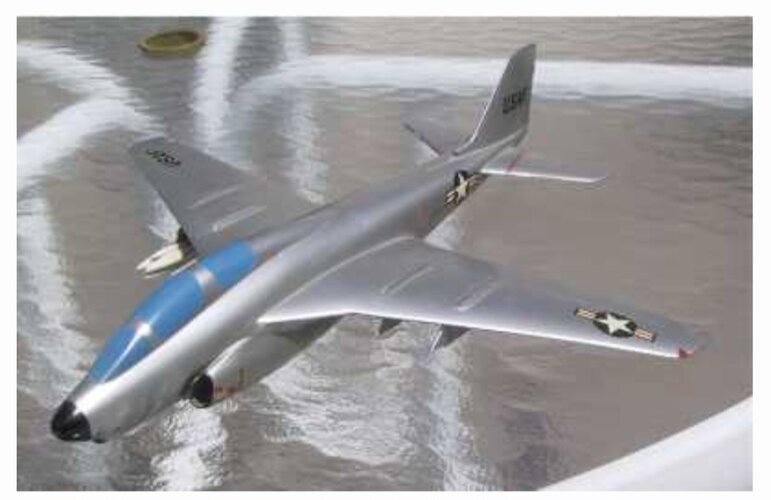BlackBat242
OK, I changed my personal text ;)
- Joined
- 10 April 2013
- Messages
- 1,451
- Reaction score
- 4,175
He was referring to the USAF's "F-110 Spectre" designation for the F4H (F-4) - which was nixed by McNamara's rationalization of the various designation systems into the Tri-service Aircraft Designation System in October 1962 - which required that the same aircraft carry the same base designation no matter which service owned the aircraft.So if the USAF "F" designation for the F-4 "didn't stick", why is it known to this very day as the F-4? Inquiring minds want to know...The USAF did assign an "F" designation to their F-4s, but it didn't stick. The USN also did the same sort of thing with numerous aircraft that were originally USAF (or USAAF) models. Some of these did stick, but many didn'tIn 1948, as soon as the Martin B-26 Marauder was out of service, the USAF redesignated the Douglas A-26 Invader as the B-26.
This persisted until the mid-1960s, when political imperatives forced the USAF to re-redesignate it A-26 to soothe the sensibilities of Thailand, which did not allow U.S. bombers in-country at the time (although they did later).
The A-1 Skyraider was not their decision, as it was already in USN service for 19 years before the USAF accepted its first ex-USN Skyraiders in 1965 (all USAF Skyraiders were ex-USN airframes).
This also caused the F4H Phantom II to be redesignated F-4.


